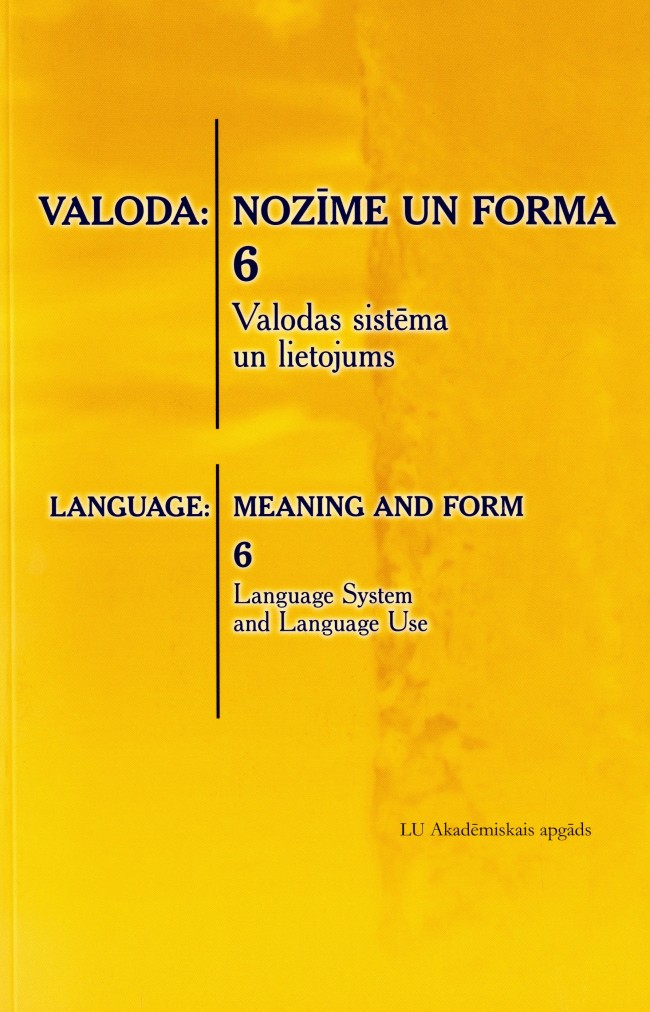Latīņu salikteņi un to tulkošanas iespējas latviešu valodā
Latin compounds and translation possibilities in Latvian
Author(s): Gita BērziņaSubject(s): Language and Literature Studies, Comparative Linguistics, Baltic Languages, Translation Studies
Published by: Latvijas Universitātes Akadēmiskais apgāds
Keywords: salikteņi; salikteņu darināšana; latīņu valoda; latviešu valoda; semantika; stilistiskas potences
Summary/Abstract: Like in many languages, compounding is one of the usual word-formation patterns also in the Latin language. By compounding, the Latin vocabulary is supplemented with lexical units that reflect multiform concepts of complex meaning, explicit translation of which in another language, including Latvian, is often a complicated challenge.The paper discusses the dominant models of Latin compounding and the translation possibilities of various Latin compounds in Latvian. Latin compounds in verbal and in nominal system have developed from different syntactic word groups and various stems of nouns, adjectives, numerals, and verbs, including also adverbs and prepositions which are used for their formation. By combining two or more parts in one lexical unit, the components can either change their form or remain unchanged and the meaning can be modified or it remains as it was.A great part of Latin compounds, including denotations of specific notions, belongs to common vocabulary devoid of any stylistic or emotional expressivity. However, compounding has also a significant stylistic potential manifesting itself convincingly in various texts of different literary genres. The translation of these units is the most difficult challenge.
Journal: Valoda: nozīme un forma
- Issue Year: 2015
- Issue No: 6
- Page Range: 68-79
- Page Count: 12
- Language: Latvian

